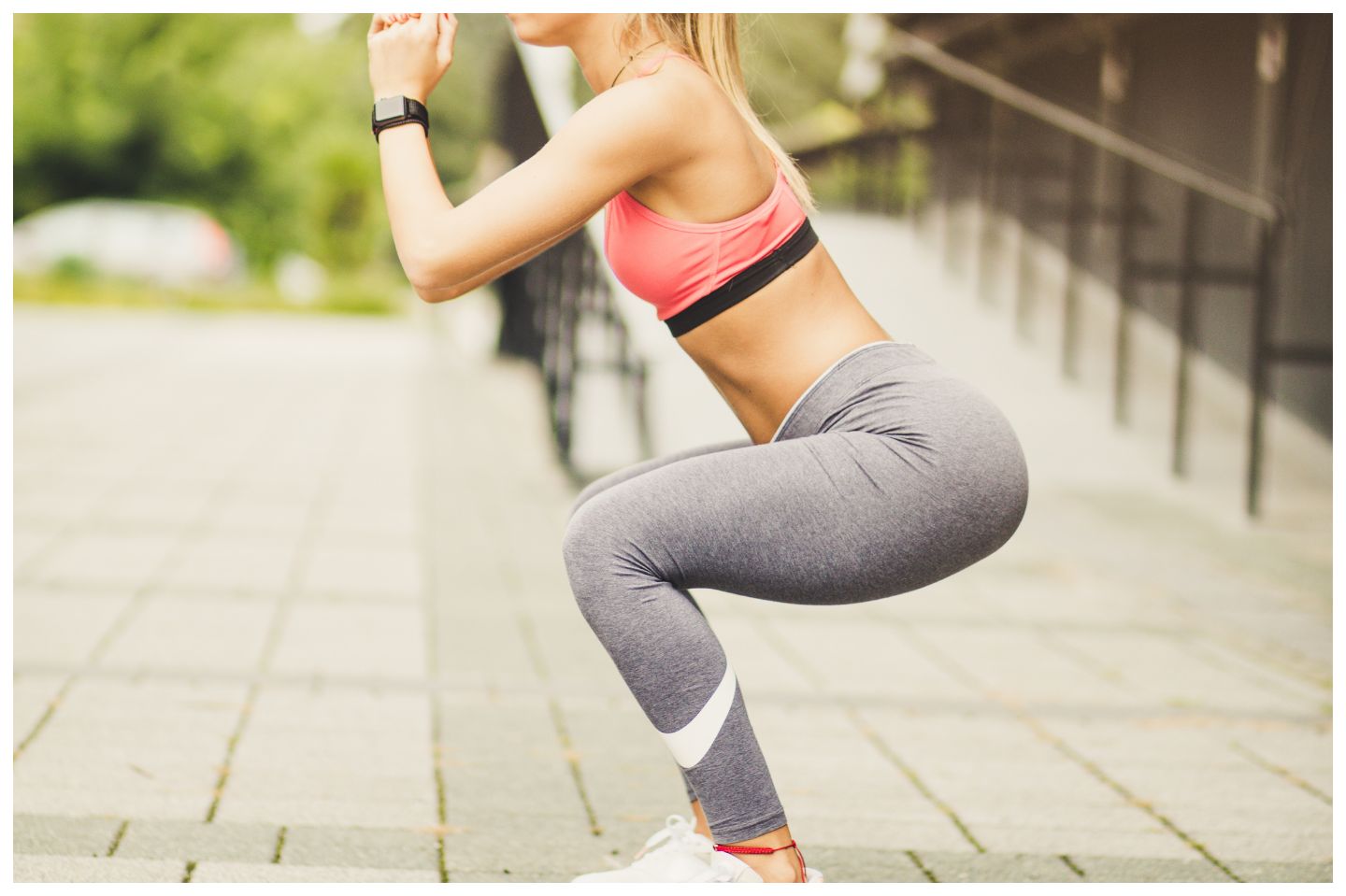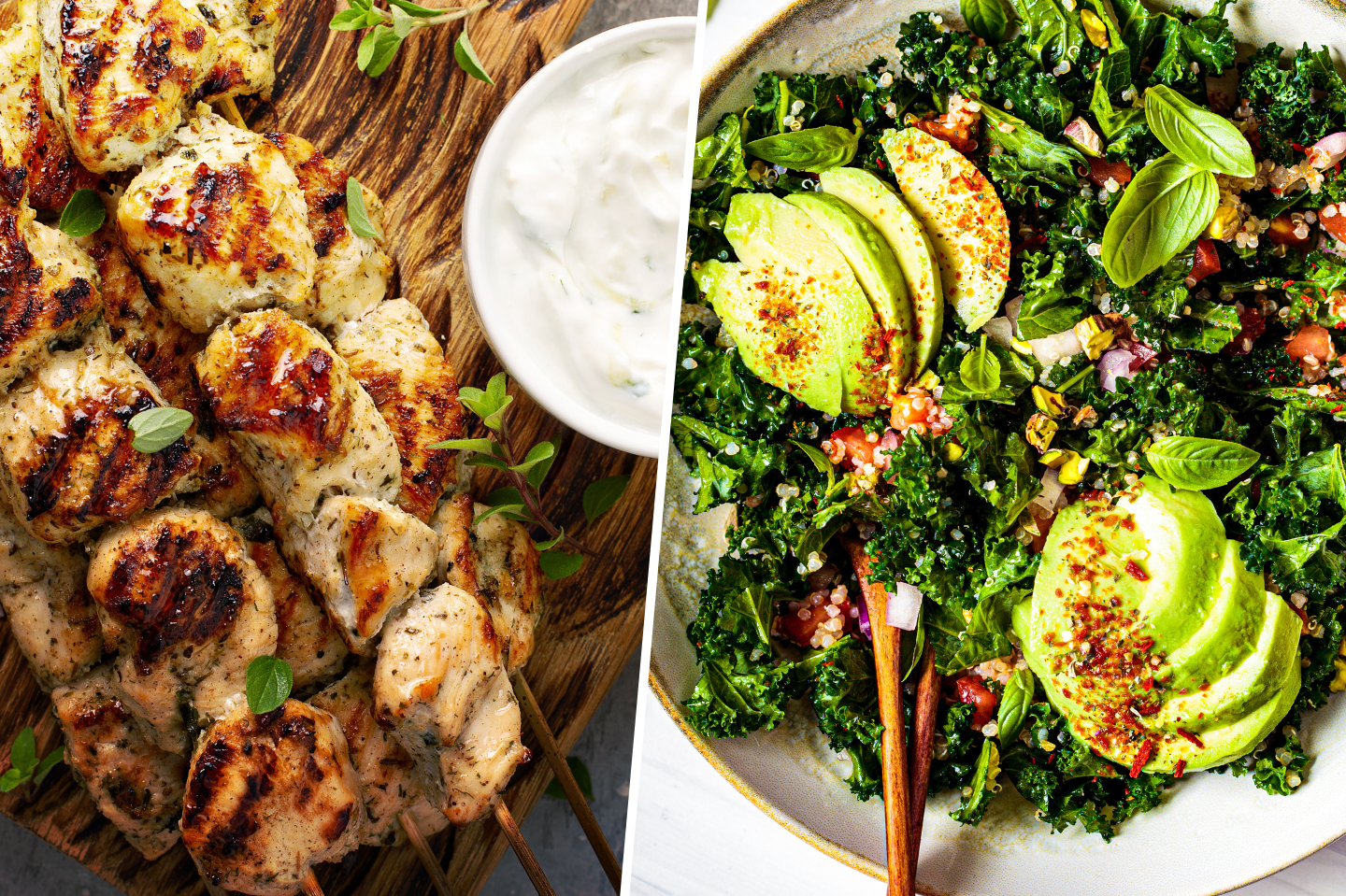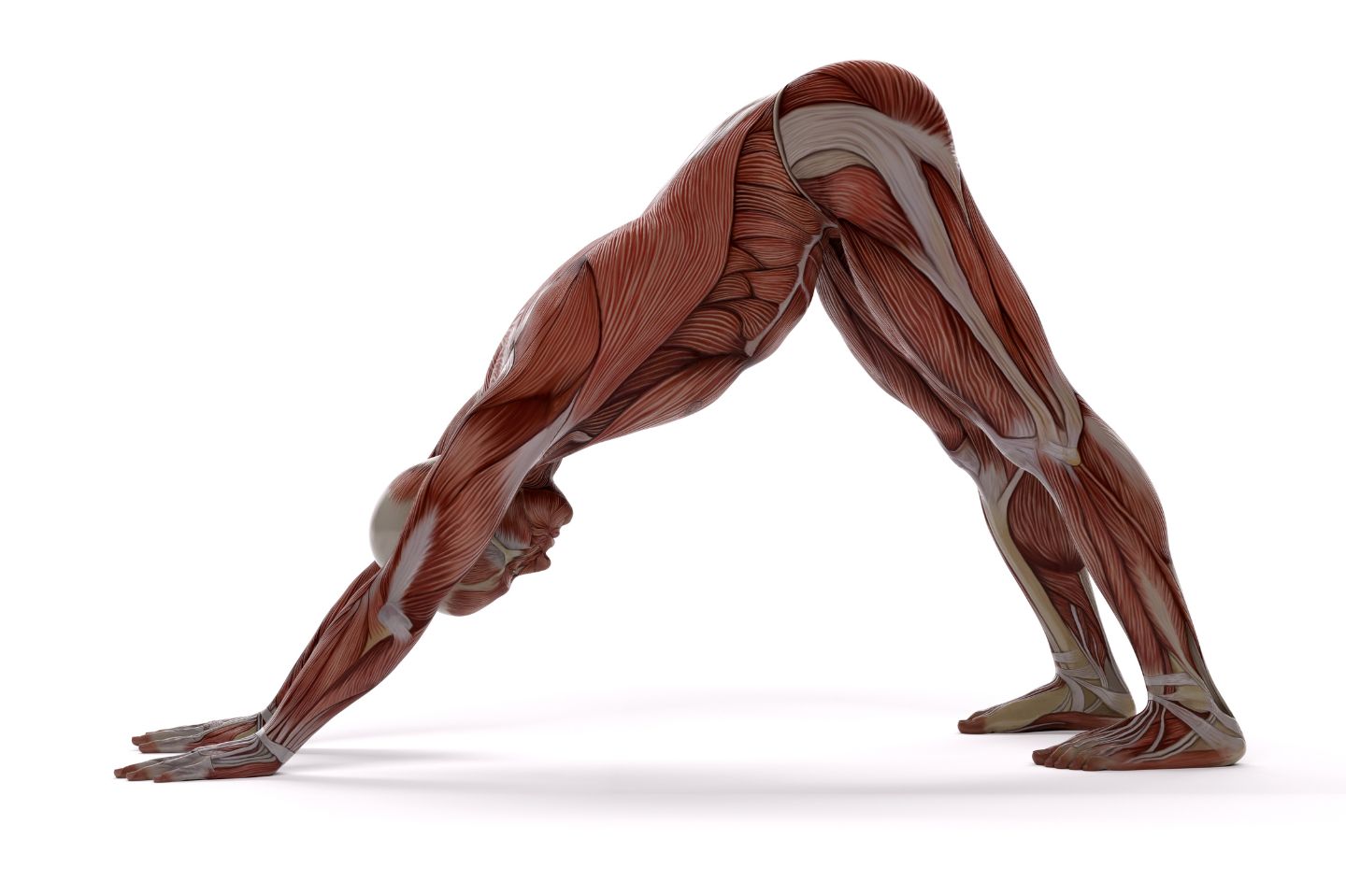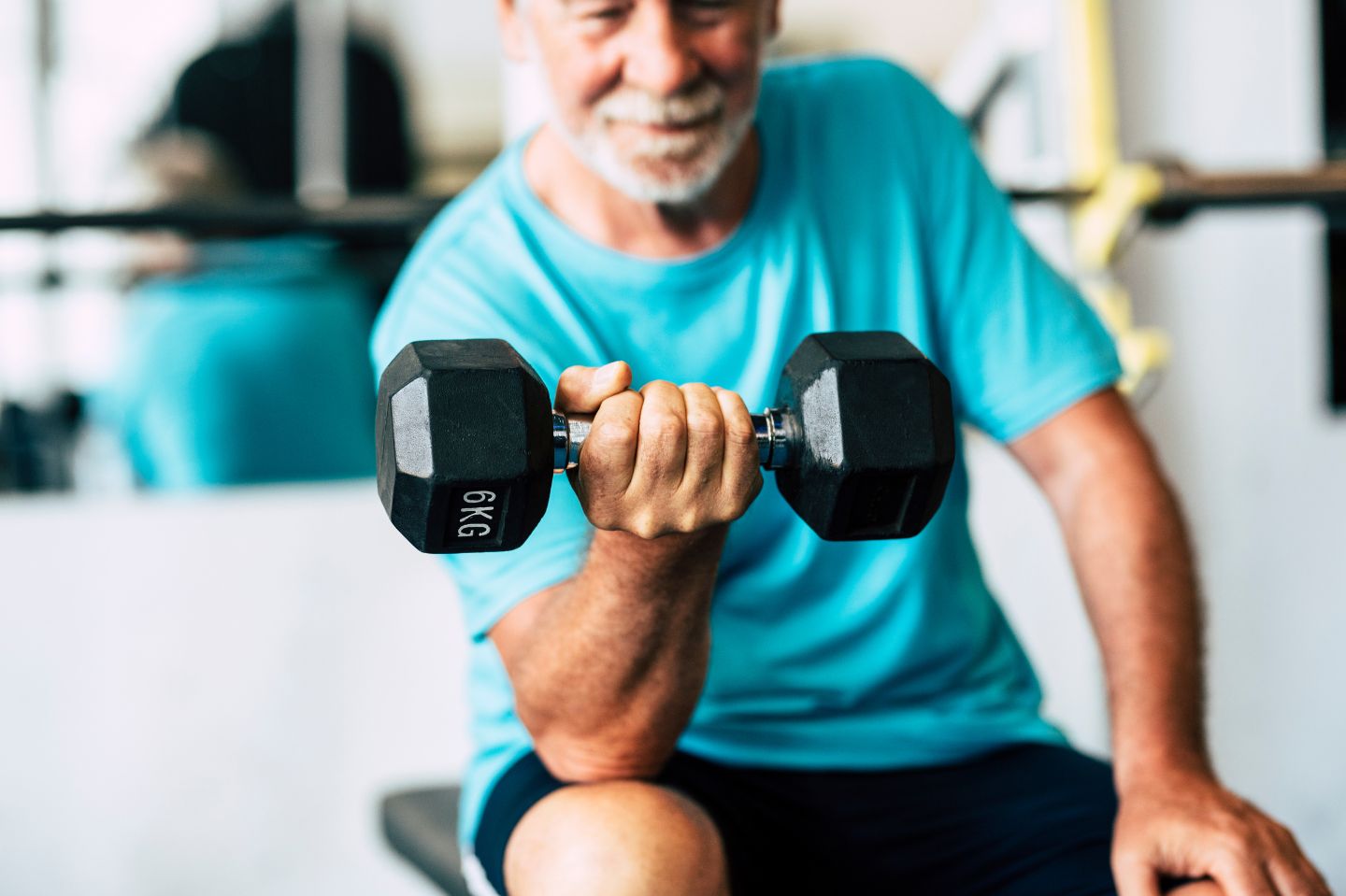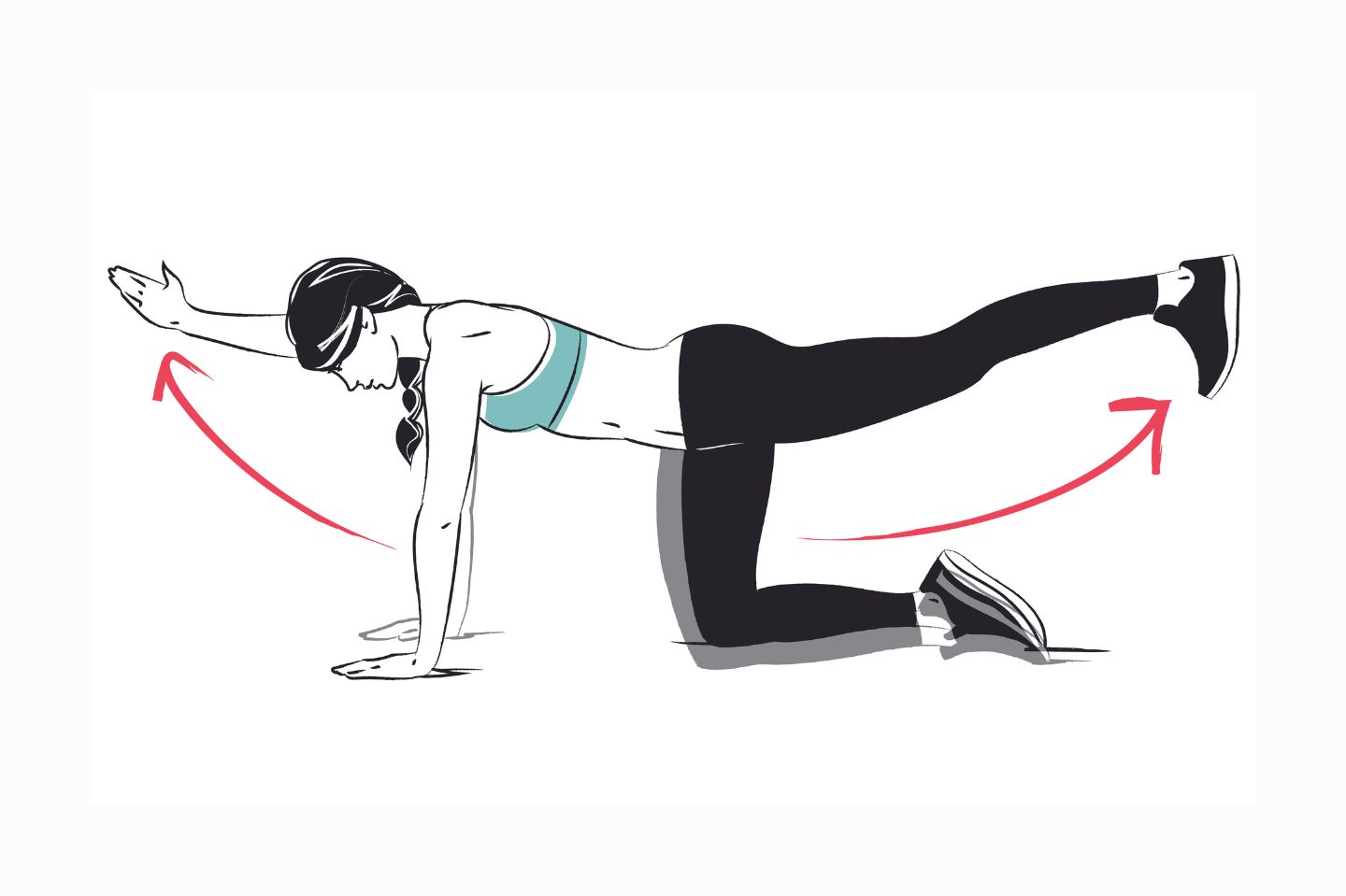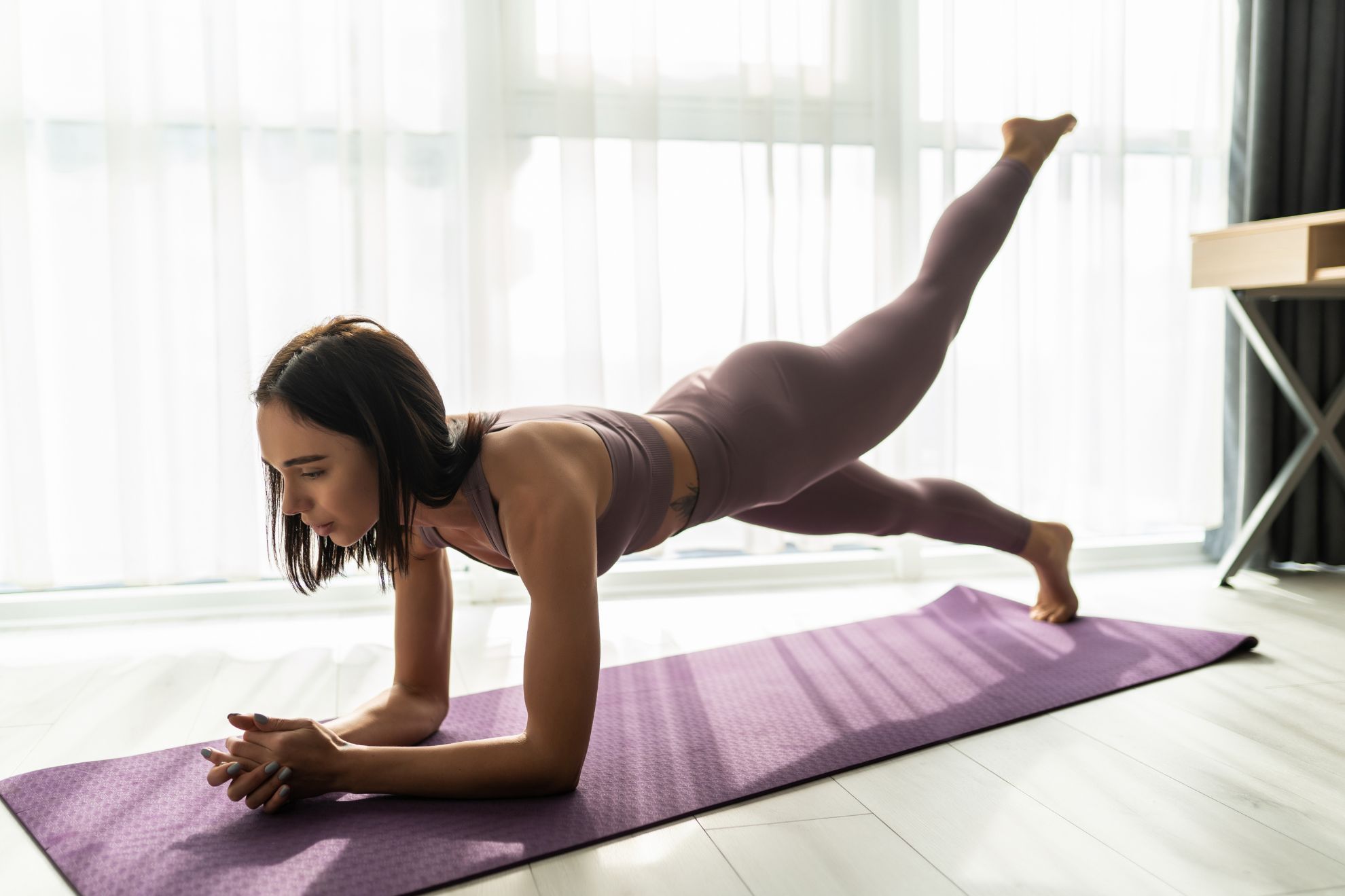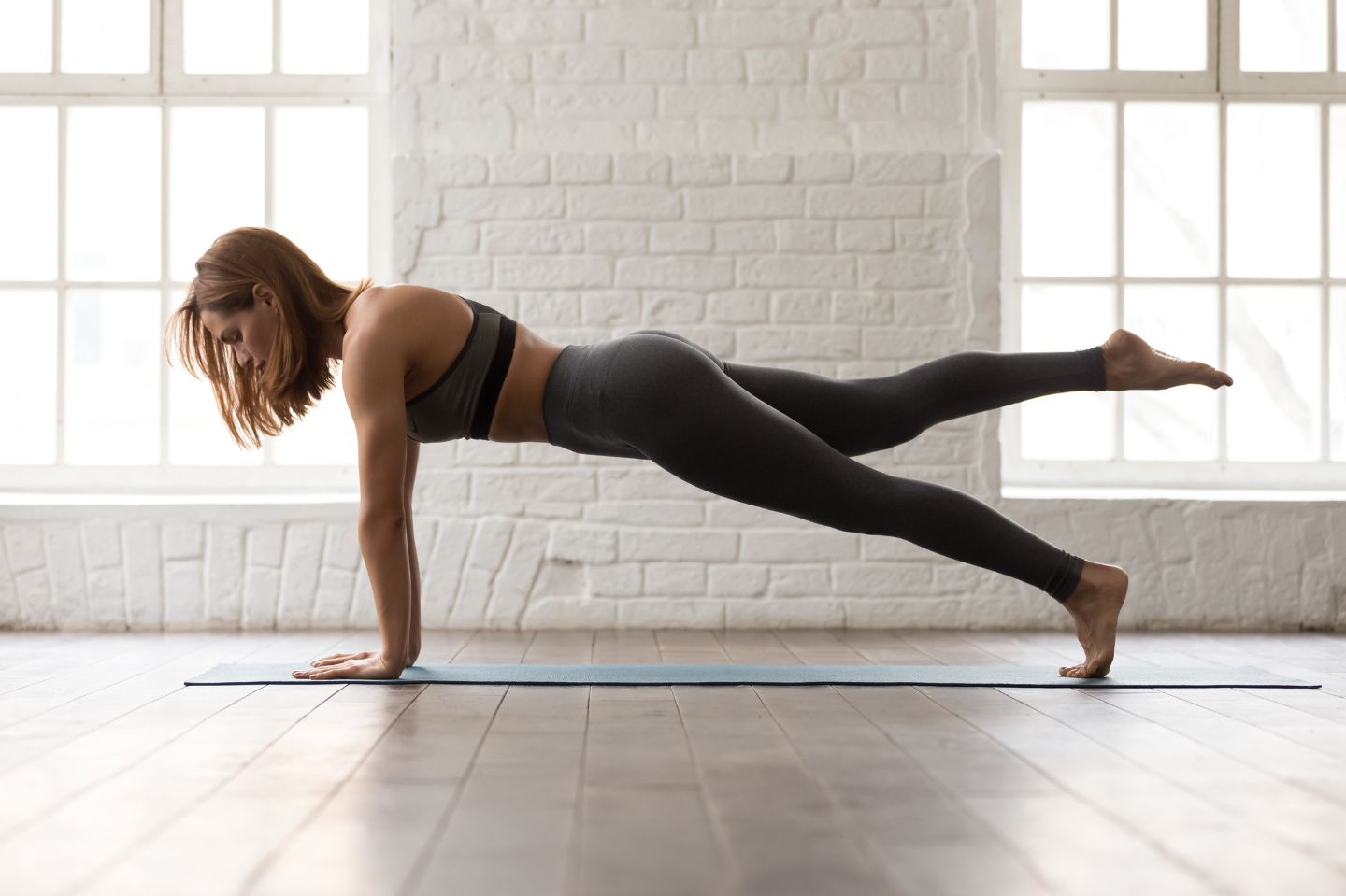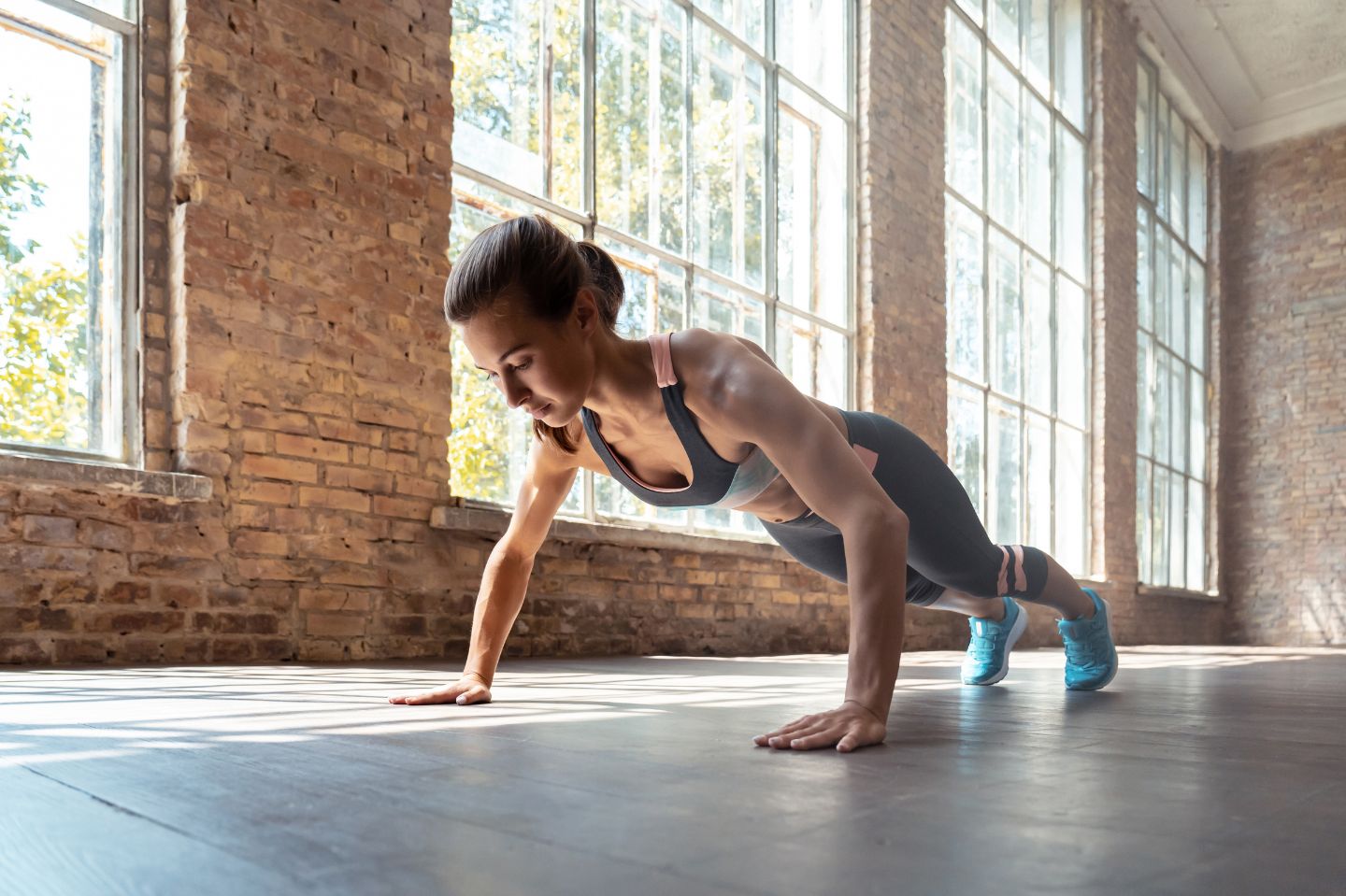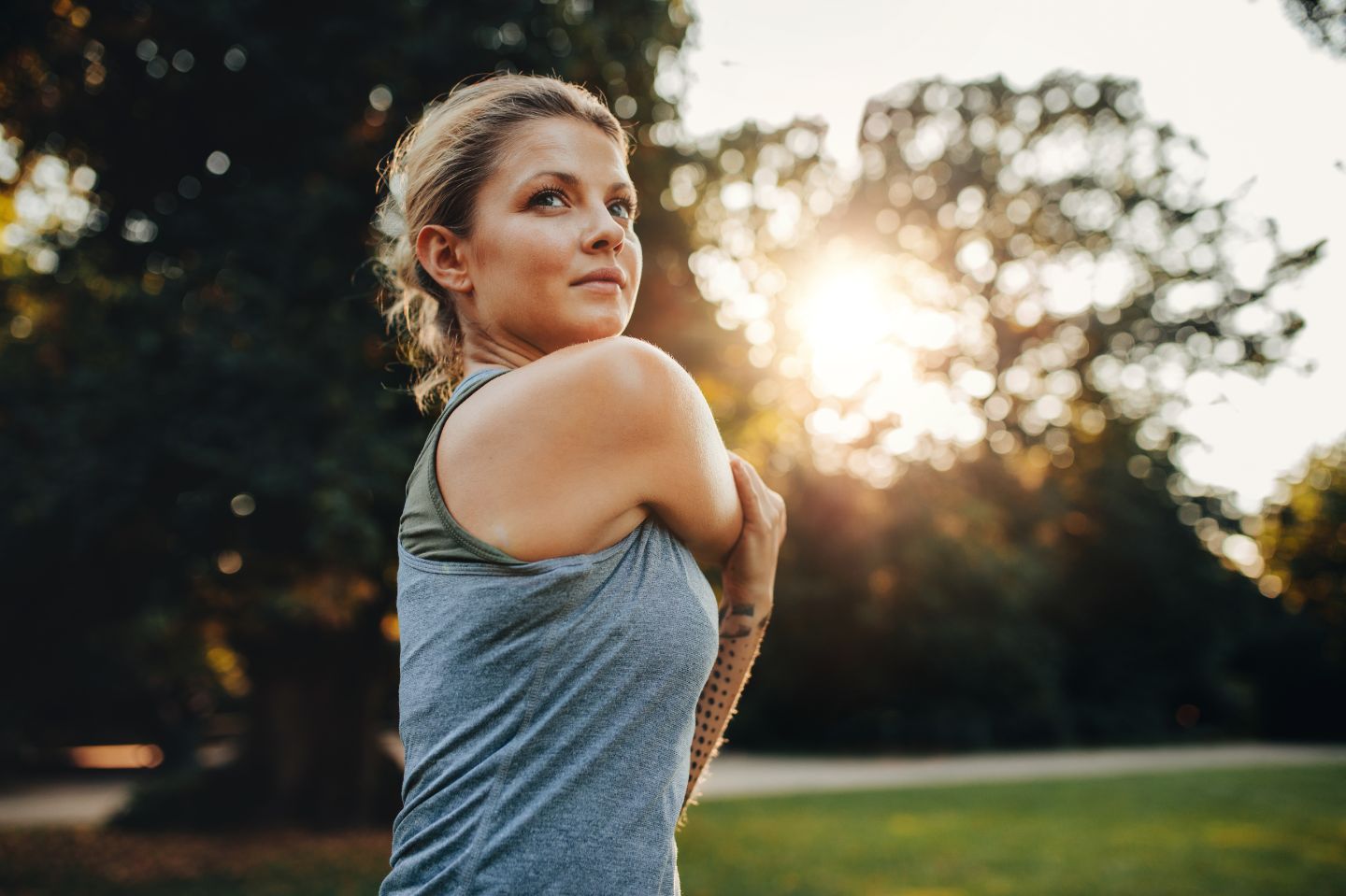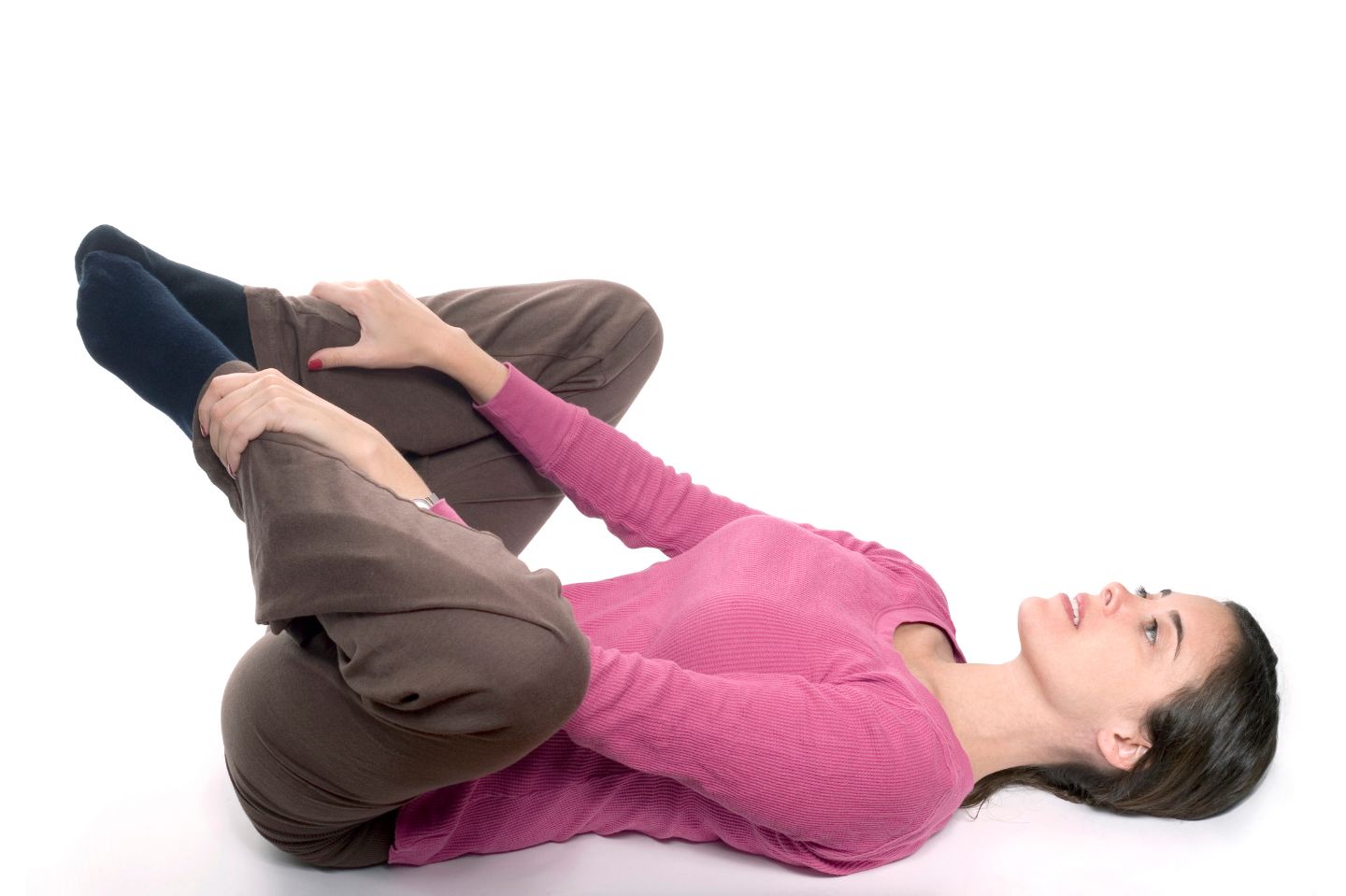If you’ve ever mentioned to a coworker or friend that you’re feeling stiff, you’ve undoubtedly received some sage advice: try stretching. As simple as it may sound, stretching really can address a host of different ailments, especially those related to tight muscles (1).
However, for the layperson, it can often be hard to find a solid stretching routine that will help them recover and reach their goals. This is especially true for those individuals who require an individualized plan to address their specific deficits.
If you are someone who has very specific concerns and considerations, it’s critical that you visit your healthcare provider before trialing any stretching or exercise program. But once you’ve been cleared for a stretching routine, the following series of stretches is a great place to start.
I recommend performing each of these stretches at least 3 times a week. If they feel really good for you, consider even performing them daily (2).
You should try to hold each stretch for roughly 30 seconds each time, performing them 4 times per session, per side, where applicable. As far as intensity goes, strive to achieve a feeling of mild discomfort during the stretch.
Now, without further ado, let’s take a look at 16 great stretches for the whole body.
1. SCM Stretch
The SCM (sternocleidomastoid) is a major neck muscle. This structure is tight on many people, and stretching it out regularly can help to reduce headaches, stiffness, and many other neck and head issues.
How to Perform
- In standing or sitting, assume a perfect, straight-backed posture.
- Rotate your head to the left and bend it to the right, attempting to bring your right ear to your right shoulder.
- Place your right hand gently on top of the left side of your head and add a slight pull to increase the stretch.
- Perform on both sides.
2. Ragdoll Stretch
On this list, you’ll find a number of yoga stretches and poses. The ragdoll stretch comes from yoga practice and is a terrific way to loosen up all of the muscles on the back of the body, from the bottom of the feet to the back of the head.
How to Perform
- In standing, fold forward toward your toes.
- Allow your body to hang loose, focusing on stretching the muscles in the back of the body.
3. Pancake Stretch
If you’re trying to learn the splits, the pancake stretch is perfect for you.
How to Perform
- In a seated position, straighten out your legs and spread them as far apart as you can.
- Attempt to bring your chest to the ground as you reach your hands forward.
4. Crossover Rhomboid Stretch
The rhomboids and posterior shoulder muscles don’t often get as much attention as the muscles in front of the shoulder. However, keeping these structures loose is just as important as it is for the other big-hitter tissues.
How to Perform
- In standing, cross your right arm over your chest.
- Using your left hand, pull your right arm further across your chest until you feel a stretch in the back of your right shoulder.
- Repeat on both sides.
5. Trunk Twists
Rotational movements are key for the spine. By performing twisting motions and holding the stretch, you can really open up your low back region!
How to Perform
- In a seated position, assume a perfect, straight posture.
- Cross your right leg over your left, keeping your right knee bent and your left knee straight.
- Place your left elbow on the outside of your right thigh.
- Pushing with your left elbow, rotate yourself further to the right.
- Repeat on both sides.
6. Reverse Nordic Stretch
The reverse Nordic curl is an amazing exercise for the quads. Turning this exercise into a stretch is incredibly effective for loosening up the quads and knees. But be careful, this stretch is intense!
How to Perform
- Start in a kneeling position.
- Slowly, lean backward as far as you can.
- Once you feel a stretch in the front of your knees, hold the position.
- If you have any knee discomfort with this movement, skip this one.
7. Figure-Four Stretch
Piriformis tightness is a common issue in society today. This is thought to be due to the fact that most people spend the vast majority of their days in a seated position, putting pressure on this muscle. Luckily, the figure-four stretch can help significantly with this issue.
How to Perform
- Lie on your back.
- Bend both knees, keeping your feet flat on the floor.
- Place your right ankle on your left thigh, just above your left knee.
- Weave your hands through the opening in your thighs and grasp the back of your left thigh at the hamstring.
- Pull your left knee to your chest, bringing your right leg with it.
- You should feel a deep stretch in your right buttocks.
- Repeat on both sides.
8. Modified Front Split
Many people dream of doing the splits, but few ever achieve this feat. Splits are extremely challenging. They require hamstring, hip flexor, and general lower body flexibility. But by breaking down and modifying the movement, you can reap the benefits of this difficult move.
How to Perform
- Start in a kneeling position
- Kick your right leg forward, placing your right heel on the ground in front of you.
- Keeping your left knee stationary, attempt to glide your hips forward as far as you can.
- Hold this position.
- Repeat on both sides.
9. Supine Piriformis Stretch
Because the piriformis is so problematic for so many people, I’ve included two different stretches for it on this list. This version tends to be more comfortable for most people and it also loosens up the low back.
How to Perform
- Lie flat on your back.
- Keeping your left leg straight, bend your right knee and cross your right leg over your body, bringing your knee up toward your left armpit.
- Use your left hand to pull your right leg further by placing the hand on the outside of your right knee/thigh.
- Hold this position.
- Repeat on both sides.
10. DKTC
Double knee to chest, or DKTC, is a classic stretch for the low back. This move is very comfortable for most people and is a terrific choice for both experienced stretchers and novices alike.
How to Perform
- Lie on your back with both knees bent.
- Place your hands on the back of your thighs and pull your knees toward your chest.
- Hold this position.
11. Prone Quad Stretch
This is a much milder alternative to the reverse Nordic stretch, discussed earlier in this article. But, even though it’s gentler, it’s still very effective.
How to Perform
- Lie on your stomach.
- Bend your left knee and grasp your left ankle with your left hand.
- Pull your heel toward your buttocks.
- Hold this position.
- Repeat on both sides.
12. Seated Pretzel Stretch
The pretzel stretch is the true definition of “twisting yourself up like a pretzel”. Emphasizing many muscles in the hips, such as the hip flexors and piriformis, this move is awesome for increasing mobility.
How to Perform
- In a seated position, bend your right knee and bring your ankle back by your right hip.
- At the same time, bend your left knee and bring the sole of your left foot up to your right thigh.
- Hold this position.
- Repeat on both sides.
13. Standing Pec Stretch
If you’re like most people, your chest muscles, also known as your pecs, are probably tight. Sitting down for extended periods forces us into a slumped position, which tightens up the pecs and the muscles in the front of the shoulder. Therefore, pec stretches are a good choice for many people.
How to Perform
- In standing, link your hands together behind your back.
- Push your hands down and open up your chest to the sky.
- Hold this position.
14. Upward Facing Dog
The back extension can be problematic for some people. But for most individuals, going into an extended position, like the one seen during upward-facing dog, can provide significant relief.
How to Perform
- Lie on your stomach.
- Place your hands underneath your shoulders and push up, keeping your hips on the ground.
- This will force you into an extended position, providing a stretch for the abdominal muscles, hip flexors, and various other muscles.
15. Seated Butterfly
The quintessential gym class stretches! This move opens up the inner thighs and feels great for people who have tight lower body muscles.
How to Perform
- Start in a seated position.
- Place the soles of your feet against one another and allow your knees to rotate outward.
- Hold your feet in place with your hands.
16. Sidebend Stretch
On the side of the trunk, you’ll find the lats and the obliques. These muscles don’t get talked about as much as some others, but they need to be kept loose and mobile for good health!
How to Perform
- In standing, clasp your hands together overhead, with your elbows straight.
- Lean toward the left, bending at your waist.
- Hold this position and repeat on both sides.
Conclusion
Stretching can often feel like a chore. But with the right program, stretching can decrease pain, improve mobility, and help you improve your daily function. If you have ensured that a stretching program is safe for you, give this routine a try today and see how you feel!
Works Cited
- Page P. Current concepts in muscle stretching for exercise and rehabilitation. Int J Sports Phys Ther. 2012 Feb;7(1):109-19. PMID: 22319684; PMCID: PMC3273886.
- Warneke K, Wirth K, Keiner M, Schiemann S. Improvements in Flexibility Depend on Stretching Duration. Int J Exerc Sci. 2023 Jan 1;16(4):83-94. PMID: 37113511; PMCID: PMC10124737.


